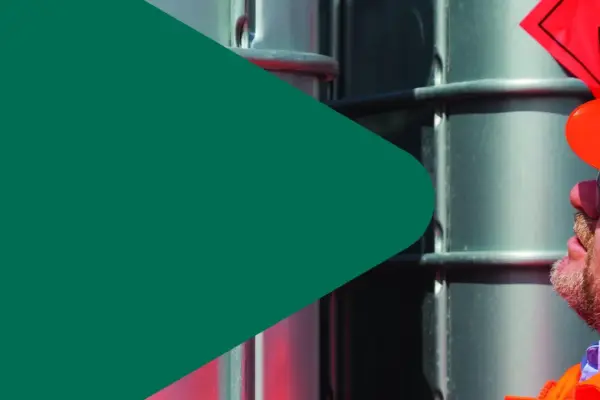
Struggling with Emergency Preparedness?
Explore effective emergency response procedures for chemical spills and runaway reactions

Struggling with Emergency Preparedness?
Explore effective emergency response procedures for chemical spills and runaway reactions
Chemical Reaction Hazards and Overpressure Protection
Unlocking Chemical Reaction Hazards & Overpressure Protection Safety and Efficiency
Chemical reaction hazards are a critical aspect of industrial safety, with potential consequences ranging from equipment damage to environmental disasters. Mitigating these hazards through proactive measures is essential for safeguarding personnel, assets, and the surrounding community.
In today's industrial landscape, understanding various chemical reaction hazards is paramount. From exothermic reactions to runaway scenarios, the risks associated with chemical processes demand vigilant attention. Identifying and mitigating these hazards effectively can prevent emergencies and ensure chemical reaction safety in the workplace.
At DEKRA, our specialised service in Chemical Reaction Hazards & Overpressure Protection is designed to address these challenges comprehensively. By offering tailored solutions and proactive measures, we empower businesses to enhance emergency preparedness, mitigate risks, and promote the safe handling of chemicals.
From identifying potential hazards to implementing proactive measures, DEKRA's approach focuses on enhancing emergency preparedness, promoting safe handling of chemicals, and ensuring regulatory compliance. With our comprehensive assessments and customised strategies, you can protect your personnel, assets, and the environment from the potential consequences of chemical reactions.
Schedule a pre-assessment with our experts
DEKRA's Approach to Chemical Reaction Hazards & Overpressure Protection
Our approach to Chemical Reaction Hazards & Overpressure Protection encompasses a holistic understanding of chemical reactivity and its associated risks. Here's how we align our services with your specific needs:
- Thorough Risk Assessment: We conduct comprehensive assessments to identify various chemical reaction hazards, including exothermic reactions, thermal decomposition, and runaway scenarios.
- Customised Solutions: Leveraging our expertise, we develop customised strategies to mitigate identified risks effectively. Our solutions prioritise the safe handling of chemicals and promote chemical reaction safety in the workplace.
- Rigorous Training: We provide training programmes to equip personnel with the necessary skills to identify and respond to chemical reaction hazards promptly. This includes reading safety data sheets (SDS) and implementing emergency response procedures for runaway reactions and chemical spills.
- Continuous Improvement: Our services extend beyond initial assessments, with ongoing monitoring and review processes to adapt to evolving regulatory requirements and operational challenges. By staying ahead of the curve, we ensure that your facility remains resilient to chemical reaction hazards.
Get in touch with an expert
Ready to enhance the safety and efficiency of your chemical processes? Schedule a pre-assessment with DEKRA today and take proactive steps towards mitigating chemical reaction hazards.